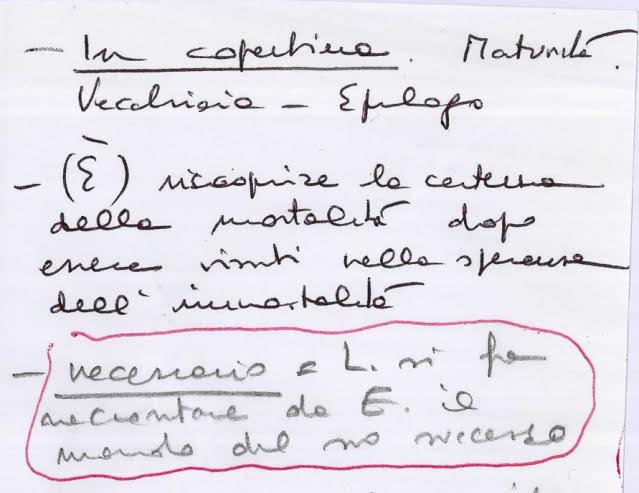 There are lots of words I could use to describe how I feel about Styled by Emily Henderson, but the one I am going to go with is obsessed. If you’re like me, you can sometimes feel like you have all the pieces to the puzzle of your home, but somehow they just don’t seem to fit together. I know what I like, and that’s what I go for when shopping for my home; but what to do with those items once they’re in my house?
There are lots of words I could use to describe how I feel about Styled by Emily Henderson, but the one I am going to go with is obsessed. If you’re like me, you can sometimes feel like you have all the pieces to the puzzle of your home, but somehow they just don’t seem to fit together. I know what I like, and that’s what I go for when shopping for my home; but what to do with those items once they’re in my house?
That is what this amazing book is for! Not everyone needs to call in a decorator to work out what to do with one side of their living room, or perhaps they don’t have the funds. Quite honestly, I just want help knowing how to arrange things on tables and shelves, because the amount of tchotchkes, collections, and books I own entered the realm of ridiculous years ago. Great news to all, because once again, that is exactly what this book is for.
Emily Henderson teaches us to become a stylist to our own home. This way our houses can look like all those pictures we see in our favorite magazines. In the beginning of the book there is a quiz she has formulated to help you figure out what your style profile is. Is it Scandanavian, Minimalist, Zen, Industrial, or Bohemian? Perhaps it is a mix of several of those; and she will show you how to appropriately marry them!
I hate gushing, but all the little sections on arranging your knickknacks and books on every imaginable surface in your house makes me vibrate with excitement. Henderson shows interesting ways to hang your art so that it will draw in and engage the viewer, and there is also a section on learning how to shop for your home!
And if I am being totally transparent here, there are some things I saw in the book that I am dying to have in my own house; I do believe that flea markets are about to be my new thing. Styled is so much more than a pretty decorating book with just pictures. It is a guide with actual useful information. Every woman in Lemuria is in love with this book and I can assure you, it’s for good reason.


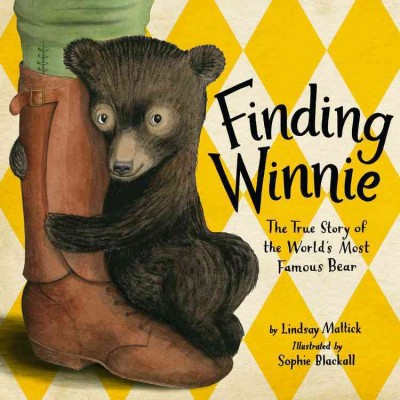 Finding Winnie
Finding Winnie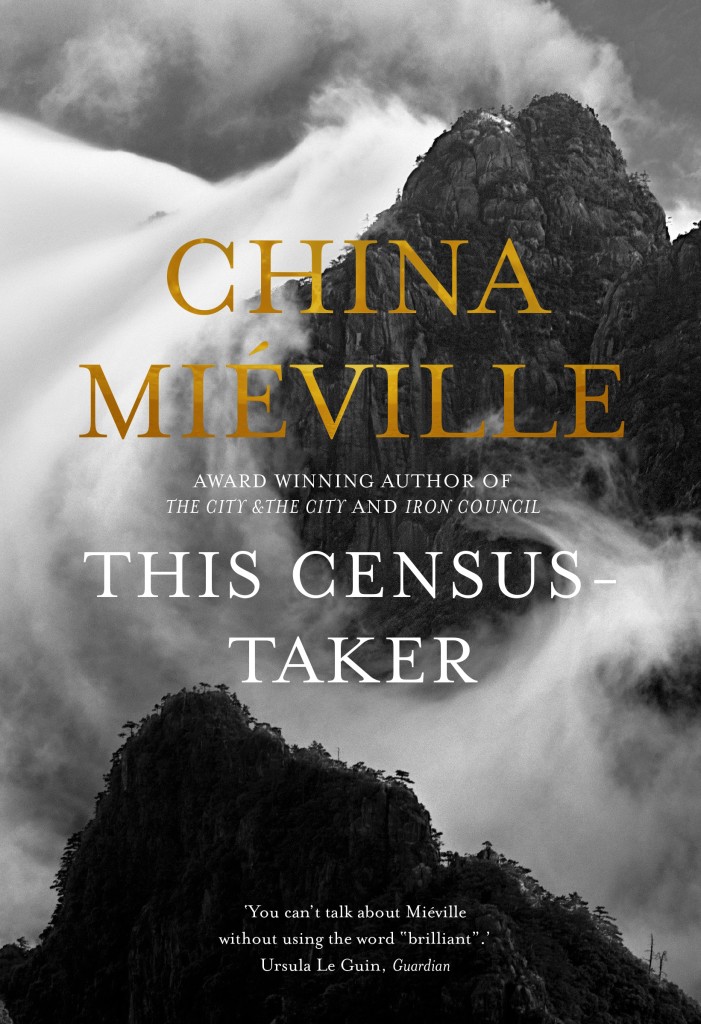 China Miéville’s newest work,
China Miéville’s newest work, 
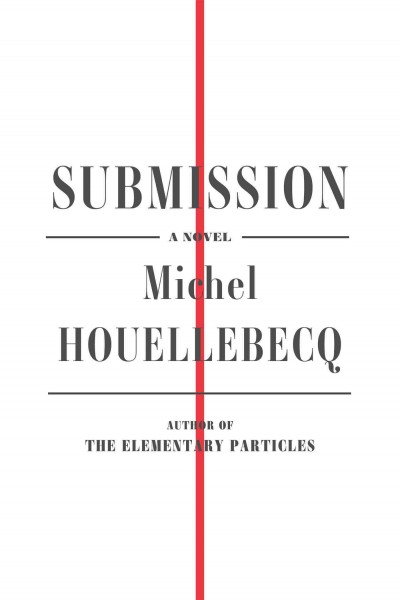 For the first time in a while, certainly all year, I am unsure of what to make of a book.
For the first time in a while, certainly all year, I am unsure of what to make of a book. This year was a doozy. I consumed everything from nonfiction about
This year was a doozy. I consumed everything from nonfiction about 
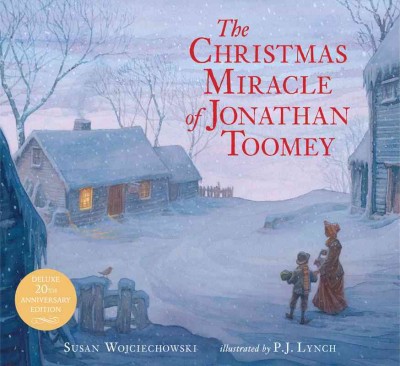
 So I don’t think I will win over many people by saying that
So I don’t think I will win over many people by saying that 
 It seems impossible to be able to capture what it is to be human, but Brandon Stanton has come pretty darn close.
It seems impossible to be able to capture what it is to be human, but Brandon Stanton has come pretty darn close.